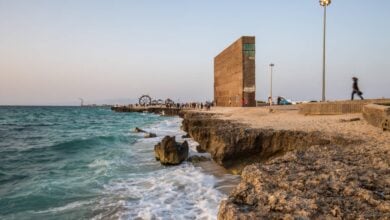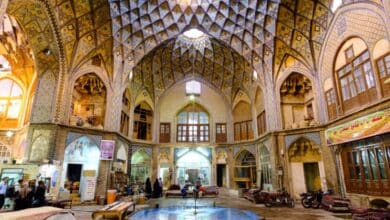Constitution House of Tabriz: Feel the Revolution
Where the spirit of Iran's constitutional revolution comes to life
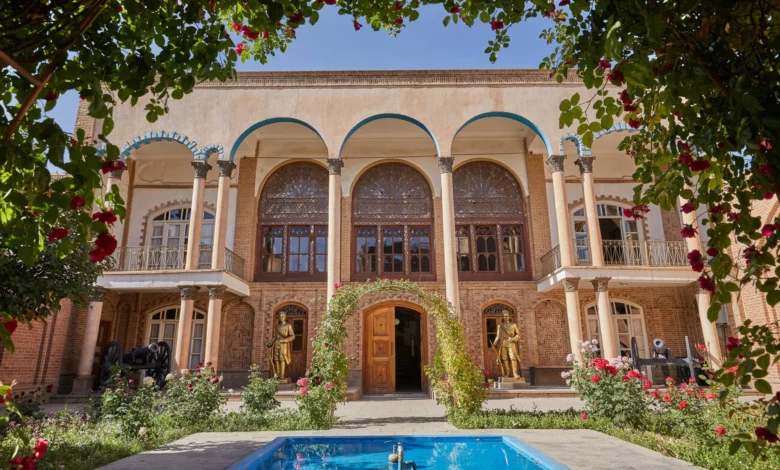
Tabriz, a city with a legacy spanning over two millennia, has long been a crucible of change in Iran. During the Qajar dynasty, it rose to prominence as the nation’s most progressive urban center, a reputation that endures into the modern era as a key economic and industrial hub.
Over the past two centuries, Tabriz has ignited social, cultural, and industrial transformations, most notably playing a pivotal role in sustaining the Constitutional Revolution of the early 20th century.
At the heart of this historic movement stands the Constitution House of Tabriz, a striking symbol of resistance and reform. Once a gathering place for revolutionary icons like Sattar Khan and Baqir Khan, this Qajar-era residence became a museum in 1996, preserving the spirit of Iran’s fight for democracy.
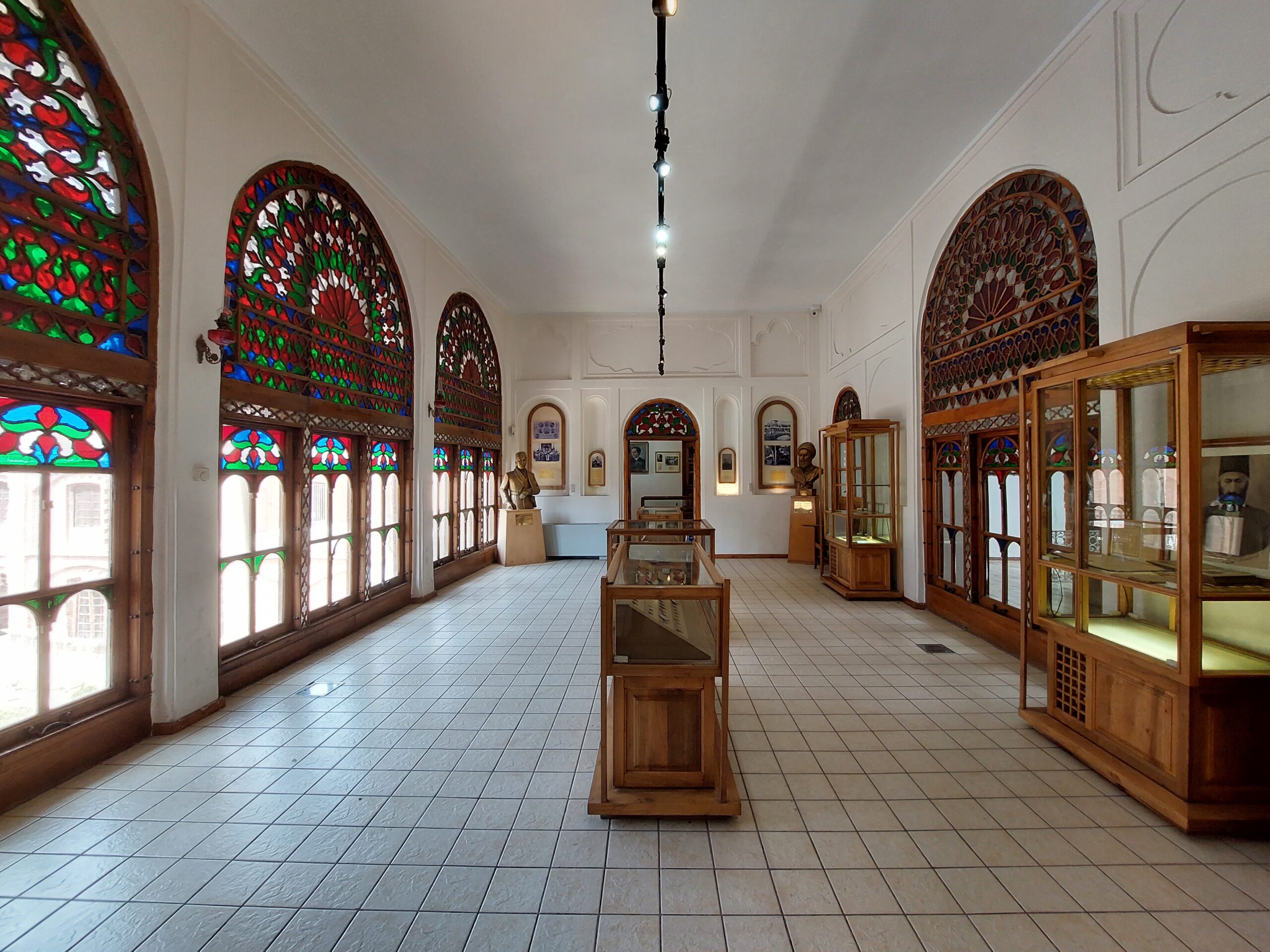
Contents
A Revolutionary Landmark in Tabriz
Situated in the Rasta Kucha neighborhood west of the Tabriz Bazaar and opposite the Grand Mosque, the Constitution House of Tabriz ranks among the city’s most significant historical sites. This elegant structure captures the essence of Azerbaijan’s revolutionary past, offering visitors a tangible link to the events that shaped modern Iran. Its location in the bustling market district places it within easy reach of Tabriz’s cultural core.
How to Reach the Constitution House
Getting to the Constitution House suits various travel preferences. Public transport proves efficient—disembark at the Rasta Kucha bus stop and stroll 300 meters, or exit at Shahid Mohaqqeqi metro station and walk 800 meters. Driving offers flexibility, though the crowded central area and scarce parking suggest sticking to buses or taxis for convenience. Whichever route you choose, this landmark awaits with stories etched into its walls.
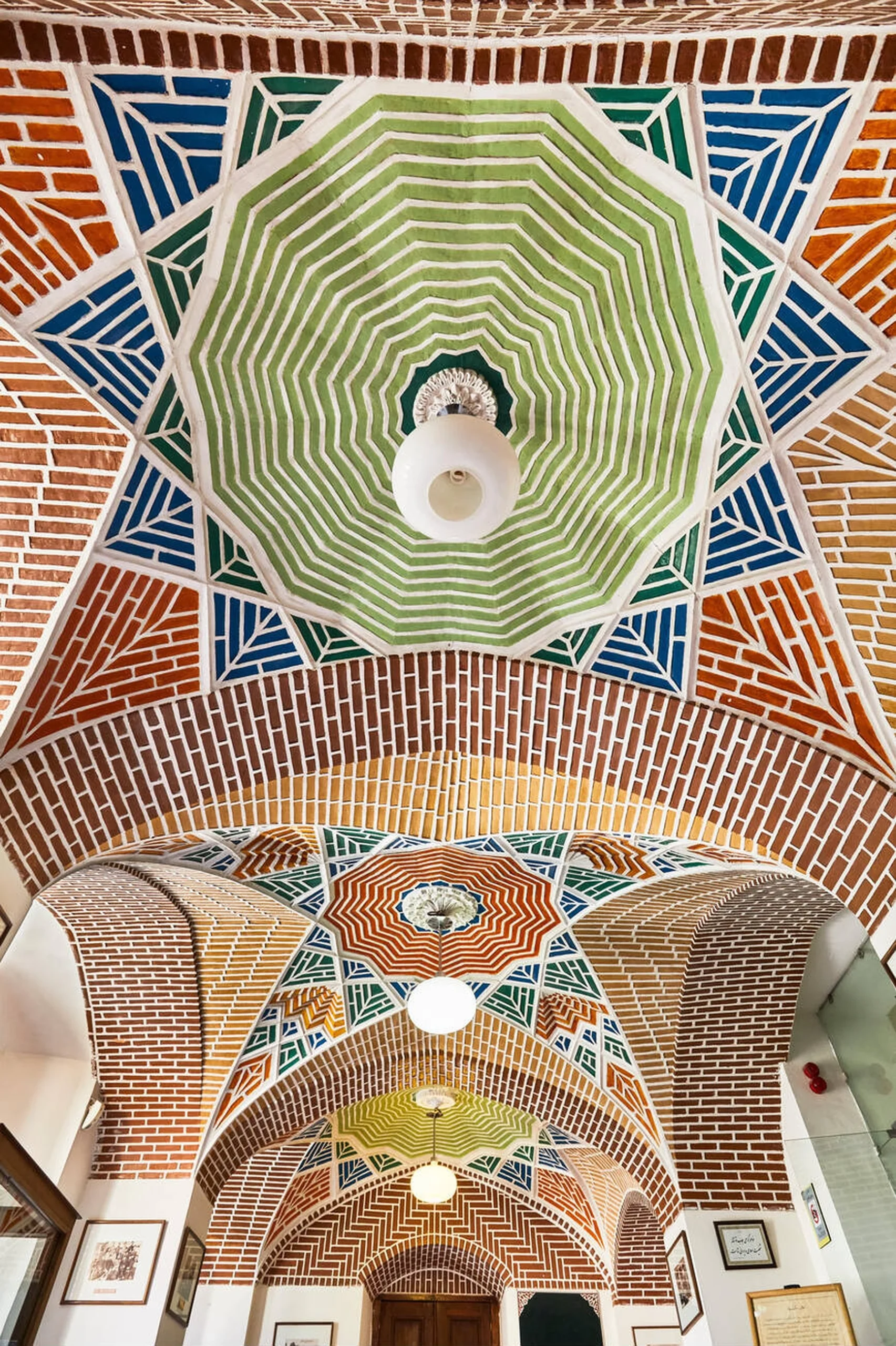
The Birth of a Revolutionary Hub
Built in 1868 by architect Haj Vali Memar for Haj Mehdi Kuzeh-Kanani, a respected merchant and freedom advocate, the Constitution House of Tabriz began as a private residence. Its fate shifted in 1908 when Mohammad Ali Shah bombarded the National Assembly, sparking outrage among reformists.
Kuzeh-Kanani opened his home to the Constitutional Revolution’s leaders, transforming it into a nerve center for Azerbaijan’s resistance. Figures like Sattar Khan, Baqir Khan, Seqat-ol-Eslam Tabrizi, and Haj Mirza Aqa Farshi strategized here, with Kuzeh-Kanani himself funding and fueling the cause.
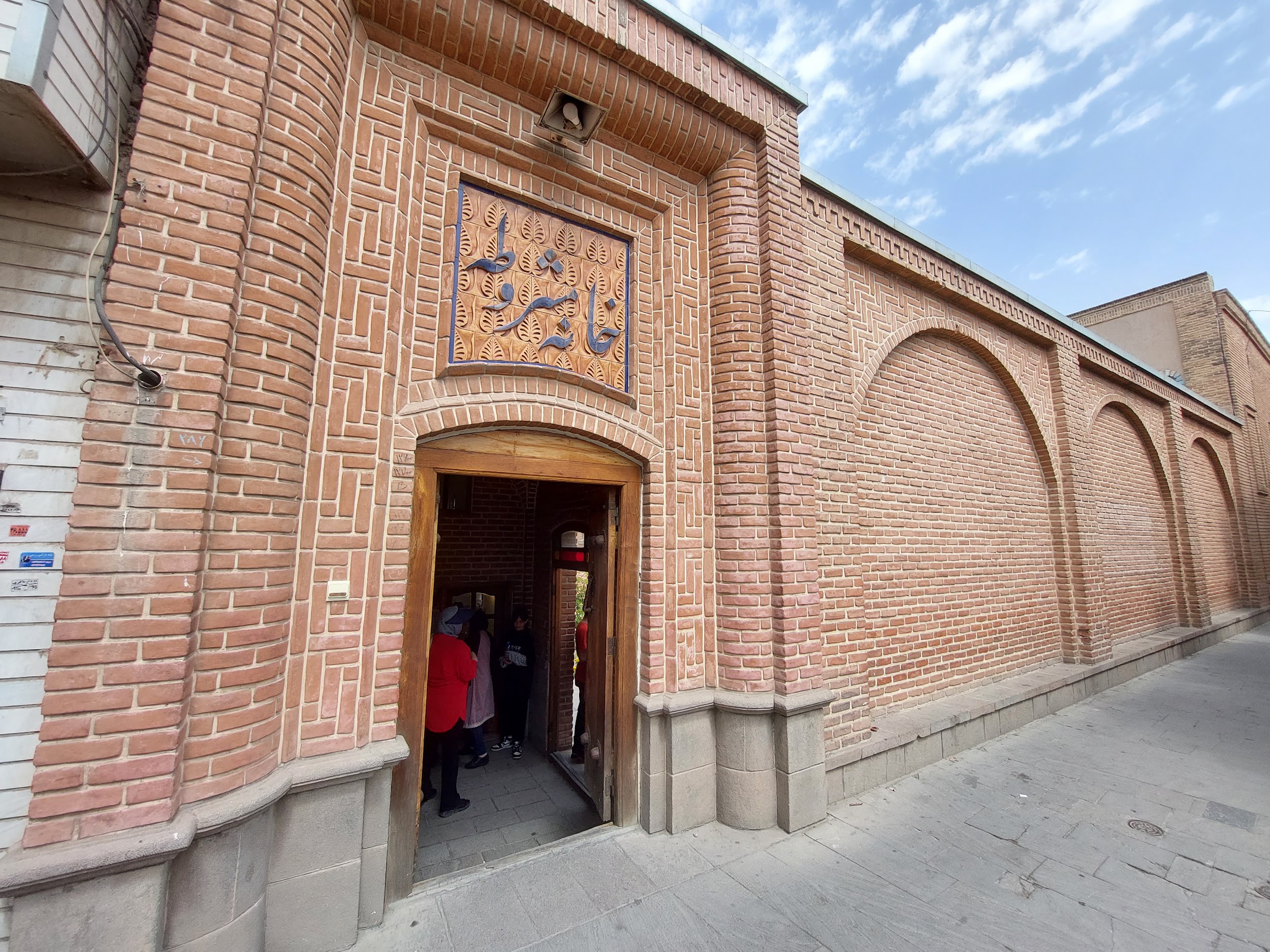
A Legacy Beyond the Revolution
The house’s role didn’t end with the revolution. During the Soviet occupation of Azerbaijan in 1945–1946, the Constitution House of Tabriz hosted meetings of the Democratic Party of Azerbaijan, cementing its status as a political touchstone.
By 1975, it earned recognition as a national heritage site (number 1171), and in 1988, Iran’s Cultural Heritage Organization acquired it. In 1996, the Constitution House debuted as a museum, displaying documents and relics of the revolutionary era.
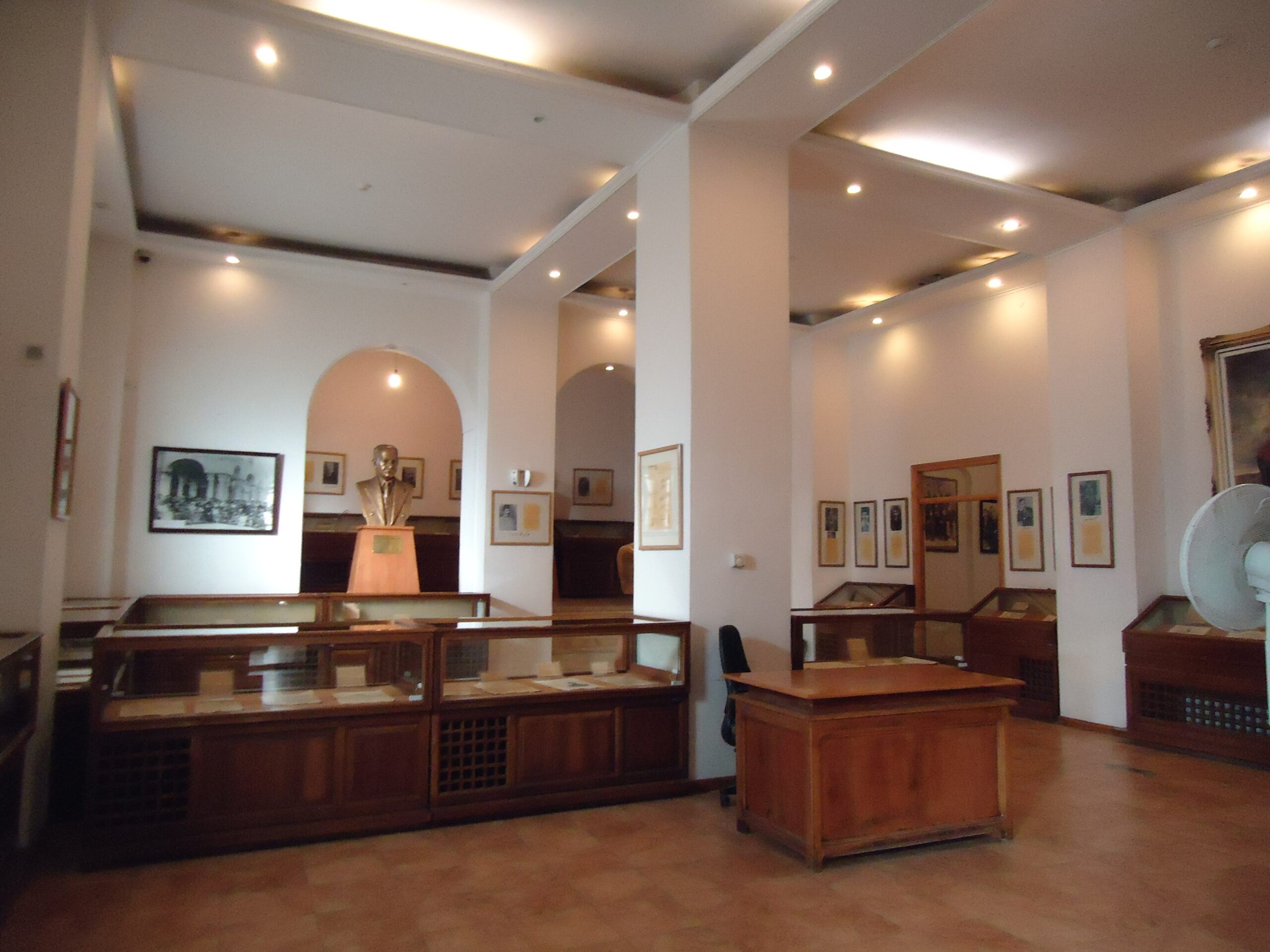
Qajar Architecture at Its Finest
Spanning 1,300 square meters across two floors, the Constitution House of Tabriz showcases the artistry of Qajar-era design. Haj Vali Memar, fresh from years in Russia, infused the structure with elegance using stone, brick, and adobe. The ground floor houses six rooms, while the upper level features a grand 6×9-meter hall and six additional rooms off a central seraglio—an inner courtyard space typical of Persian homes.
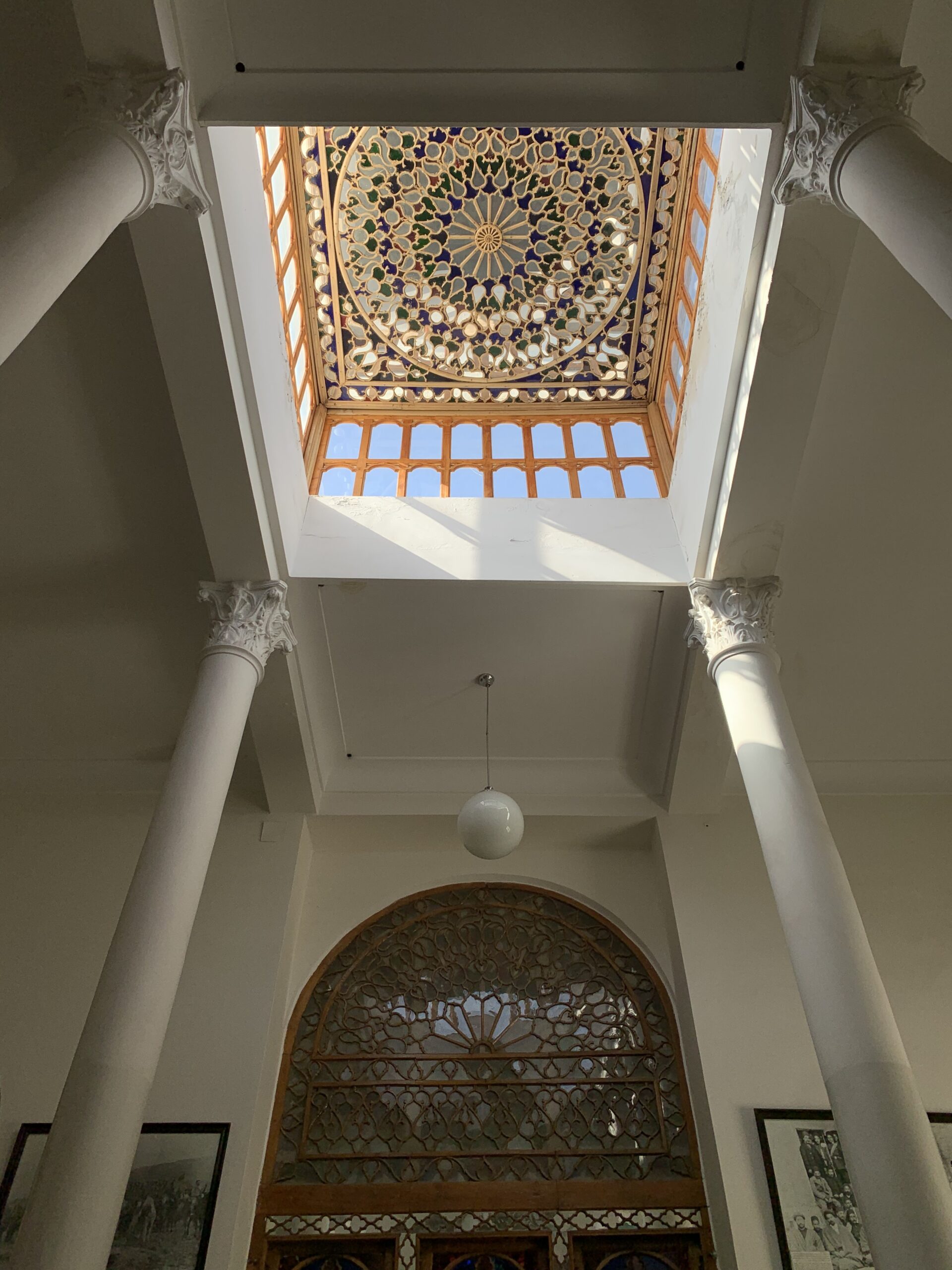
Stunning Details
What catches the eye most at the Constitution House of Tabriz? The second-floor seraglio and its adjacent room facing the courtyard dazzle with lattice windows framed in red, green, and white stained glass. A skylight, perched atop four columns with ornate plaster capitals, bathes the interior in a kaleidoscope of light.
Qajar hallmarks shine throughout the Constitution House of Tabriz: intricately carved doors, full-length orosi windows (sliding lattice panels), and a clah-farangi-style vista—a decorative rooftop pavilion blending Iranian and European influences. Each element reflects the era’s artistic finesse.
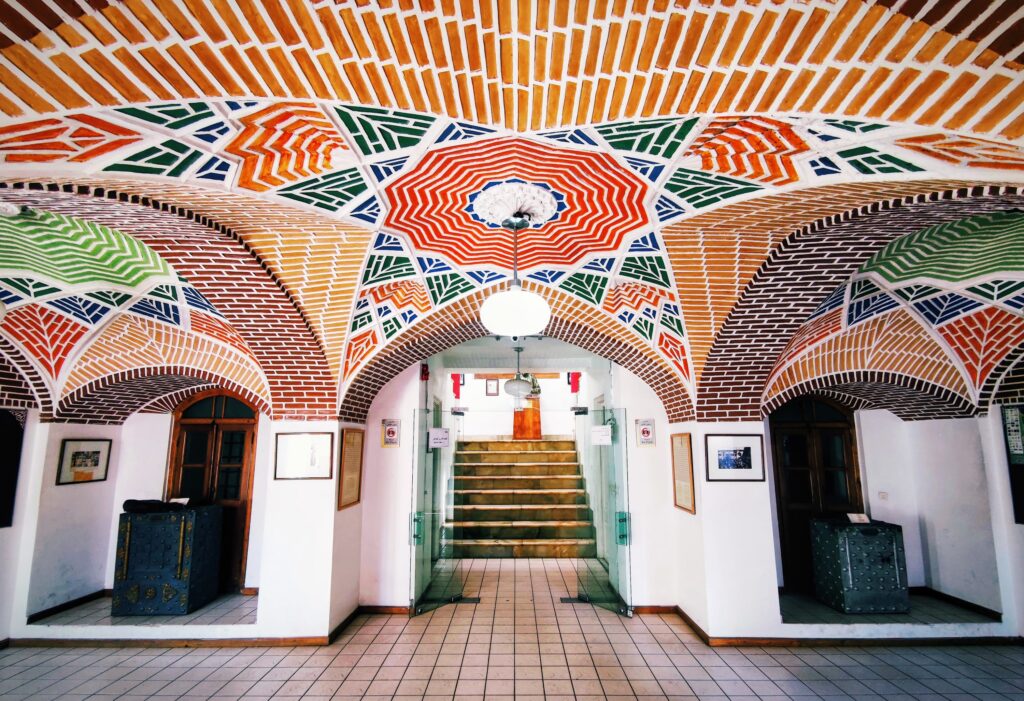
Inside the Constitution Museum
Since its 1996 transformation into the Museum of the Constitution, this house has preserved the revolution’s legacy through vivid exhibits. Life-sized statues honor key figures: Hossein Khan Baghban, Haj Ali Davachi, Howard Baskerville (an American ally), and Zainab Pasha, the sole woman among the revolutionaries, alongside luminaries like Ali Akbar Dehkhoda. These tributes bring the past to life.
Artifacts of Defiance
Beyond the statues, the museum displays Sattar Khan’s pistol, the Constitution Carpet, personal items of the movement’s leaders, and a gelatin printing press used for revolutionary pamphlets. Historical documents, including the 1906 Constitutional Decree, offer a glimpse into the struggle’s defining moments. “Every object here pulses with courage,” a visitor might note, standing before these relics of resistance.

Planning Your Visit
The Constitution House welcomes visitors six days a week (closed Mondays). From April to September, hours run from 9:00 to 19:30; from October to March, they shift to 9:00 to 17:30. Entry fees remain modest, making it an accessible stop for all.
Location
Nearby Attractions and Tips
Pair your visit with the UNESCO-listed Tabriz Bazaar, steps away, or the Azerbaijan Museum, a short ride from the site. Refuel at local favorites like Haj Ali Kebab or Berkeh Restaurant, both nearby. For lodging, consider the Tabriz International Hotel (1.5 kilometers away) or the budget-friendly Pars El-Goli Hotel. Parking proves tricky, so public transport edges out driving for ease.
The Constitution House of Tabriz stands as more than a museum—it’s a monument to resilience. Here, the echoes of 1908 still resonate, inviting travelers to connect with Iran’s revolutionary spirit. Whether you’re drawn to history, architecture, or tales of defiance, this site delivers an experience that lingers. Plan your trip today and step into the heartbeat of Tabriz’s revolutionary past.





